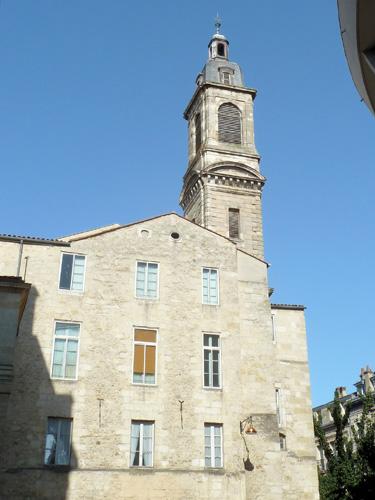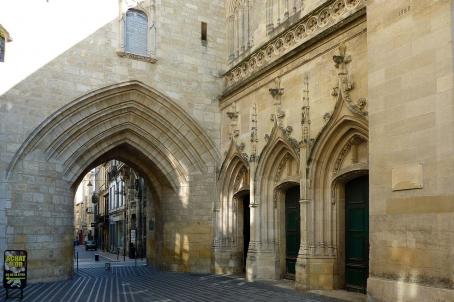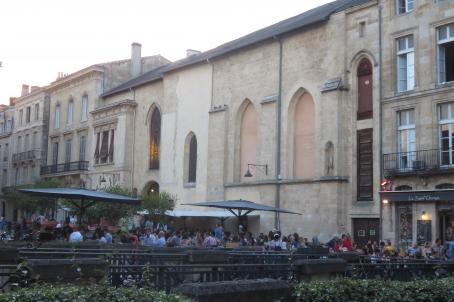Church of Saint-Paul-Saint-François-Xavier

With its length of 45 meters and its width of almost 19 meters, the church is one of the largest buildings built in France by the Jesuits. Its design and style are in keeping with the Baroque architectural movement. The interior impresses with its harmonious proportions, architectural sobriety and decorative richness. Classified as a Historic Monument in September 1997, it was endowed in 2006 with a chandelier created by the Bordeaux artist Jean-François Buisson.
About this building
In 1662, the Jesuits of Bordeaux had the chapel of their professed house dedicated to Saint Francis Xavier erected. The nave has five vaulted bays, the side chapels communicate with each other and the tribune surmounts the entrance. The choir is decorated with a remarkable high altar with glory and canopy (group carved in marble by William II Coustou between 1641 and 1648). The architecture of the church of Saint-Paul is typical of the baroque style of the Counter-Reformation. Originally, a dome was supposed to rise at the crossing of the transept and the nave; however, due to lack of means, it could not be built.





